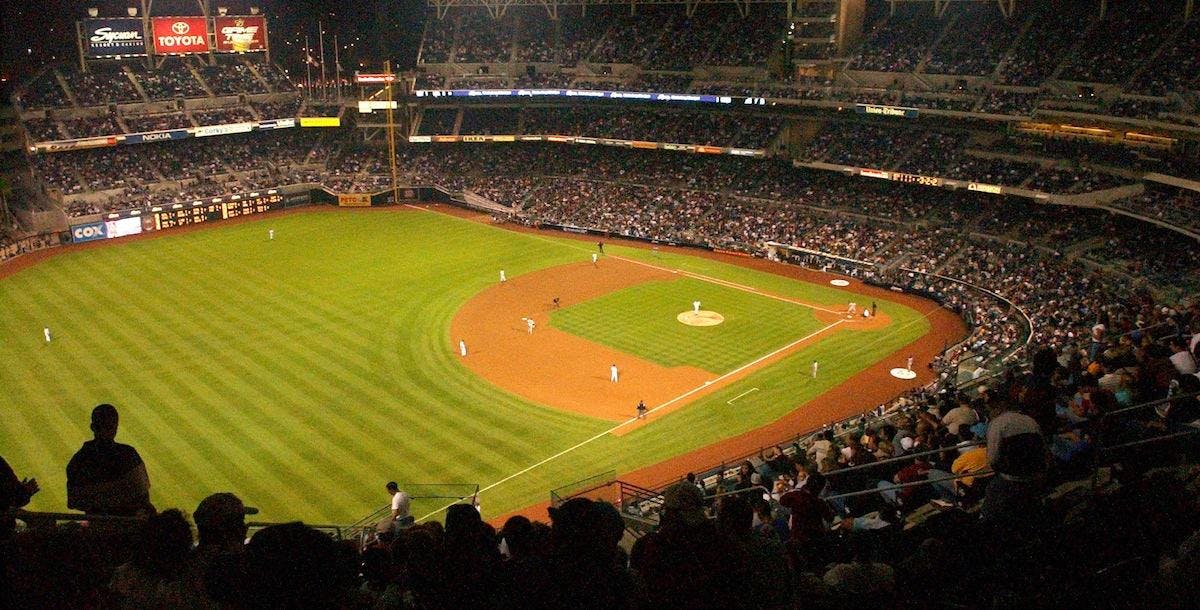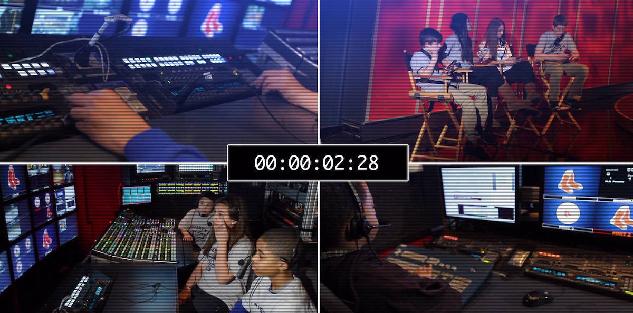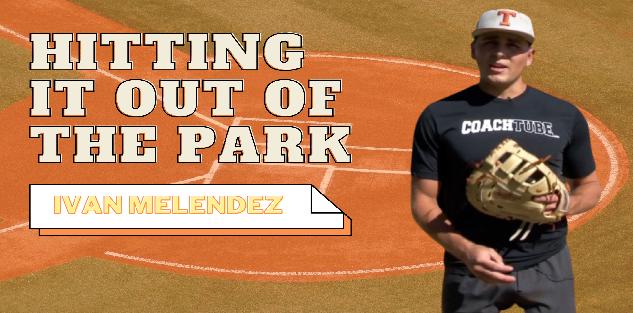Featured courses
- Understanding The Shift by Brandon Ogle
- Two Drills to Improve Outfield Movement and Communication by Grant Young
- The Ultimate Resource For Coaching Youth Baseball by Jackson Chlebowy
- Become a Master at Bunting by Brandon Ogle
- 5 Reasons Why There Is More To Good Base Running Than Just Speed by Brandon Ogle
- Three Injury-Prevention Tips For Your Offseason Pitching Program by Grant Young
- How to Teach Hitting to the Next Generation by Grant Young
- Developing Defensive-Minded Baseball Catchers by Grant Young
- 3 Baserunning Tips to Score More Runs in Baseball by Grant Young
- 5 Outfield Drills to Work on in Season by Alec Burris
- Keys For Scoring More With Runners on First and Third Base by Grant Young
- How to Develop Your Game to Become a Five-Tool Player by Brandon Ogle
- 3 Coaches Share the Keys to Running Baseball Practice the Right Way by Grant Young
- Four Drills to Sharpen a Baseball Hitter’s Vision at the Plate by Grant Young
- Four Quotes to Hit Better With Two-Strikes by Grant Young
- Four of Former MLB Pitcher Juan Nieves’ Movement-Based Pitching Drills by Grant Young
- Two Tips For Developing an Elite Baseball Bullpen by Grant Young
- Overcoming the Four Challenges of Indoor Baseball Practices Because of Weather by Grant Young
- Three Tips to Make Your Baseball Team Mentally Tougher by Grant Young
- Three Priceless Philosophies to Motivate Your Baseball Team by Grant Young
- Three Offseason Baseball Drills to Simulate Competition by Grant Young
- Three Baseball Offseason Strength and Conditioning Essentials by Grant Young
- Important Ways to Improve Your Baseball Team’s Baserunning by Grant Young
- Three Ways to Perfect Hitting Mechanics From an MLB Icon by Grant Young
- Catchers can influence pitchers...for bad or good by Drew Johnson
- Throwing Strikes and Playing Good Defense Equals Wins by Jose Ortiz
- Legendary Indiana Head Baseball Coach Bob Morgan’s Offensive Theory by Grant Young
- Tennessee Head Baseball Coach Tony Vitello on How to Practice Baserunning by Grant Young
- Three Great T-Ball Drills For Youth Baseball Players by Grant Young
- How to Manage a Baseball Pitching Staff by Grant Young
- Three Uncommon Tips to Become a Better Hitter by Grant Young
- How a Baseball Coach Can Develop Strike Throwers by Grant Young
- Drills to Develop Elite Baseball Outfielders by Grant Young
- Baseball Training Exercises to Strengthen Arm and Bat Speed by Grant Young
- How to Use Bunting to Score More Runs by Grant Young
- How To Build An Elite Baseball Infielder by Grant Young
- Three Drills to Improve Your Baseball Team's Infield Play by Grant Young
- Three Keys to Curating a Pitching Staff’s Success by Grant Young
- 3 Techniques to Develop a Baseball Player’s Hitting Approach by Grant Young
- How to Cultivate Confidence Within Your Pitchers by Grant Young
- 5 Every Day Drills To Help You Become A Better Catcher by tyler Linderman
- How to Throw A Curveball by Brandon Ogle
- How to Assemble a Lock-Down Bullpen by Brandon Ogle
- How to Throw a Sinker by Brandon Ogle
- How to be a Smart Baserunner by Brandon Ogle
- Improving a player's slugging average by Phillip Woolgar
- The 8 Fundamentals of Pitching by Drew Johnson
- How to Throw a Deceiving Changeup by Brandon Ogle
- Step Up Your Outfield Defense With These Three Drills by Jose Ortiz
- 8 Baseball Drills Every Player Should Practice by Drew Johnson
- How To Become An Elite Defensive Outfielder by Tyler Linderman
- 5 Tips For Crushing A Curveball by Johnny Grassi
- LEGENDS FOR YOUTH INCLUSION BASEBALL CLINIC by Phil
- Fourteen Ways To Turn A .300 Hitter Into A .210 Hitter by Jay P. Granat, Ph.D.
- How To Become The Ideal Leadoff Man by Brandon Ogle

Step Up Your Outfield Defense With These Three Drills
- By Jose Ortiz
Your outfielders are your last line of defense. You'll rely on them to keep singles from turning into doubles, and doubles from turning into triples. Playing bounces correctly, making accurate relay throws, having high game-situation awareness and making routine catches are just a few of the things you'll need from your outfielders.
Use preseason training time to work on the basics so your team will develop the right habits.
On both the youth and high school levels, a fundamentally sound team wins a lot more often than they lose - even without an all-star player.
Here are three drills to work on with your outfielders:
1. Hard Charge Ground Balls and Crow Hop
When the opponent dunks in a base hit, you need your outfielders to charge the ball and be ready to throw as quickly as possible - especially with men on base.
Start this drill with two players lined up about 20 yards apart. Have them chuck hard ground balls to each other and practice aggressively charging and fielding the baseball, making sure to get in front and get the ball low.
The next move is for the outfielder to make a quick hop onto his strong-arm side and stride forward with the other leg for a throw back to his partner. This is a crow hop throw, and is a quick way for your outfielders to get rid of the ball. Have the partners switch sides after about five throws, then have them practice throws to the left and right.
2. Drop Step Drill
Outfielders should never backpedal to chase down a fly ball, always take a drop step, turn and run.
First of all, most people don't run backwards very quickly, secondly a backpedaling player is more likely to trip than make a play. But for youngsters who haven't been taught, this will likely be a natural reaction to a hard hit ball their way. Instead, practice the drop step.
The first phase of this drill involves two players - one who is throwing "fly-balls," the other is tracking and catching. Standing about 10 yards apart, have the thrower point to the right or left, and the outfielder takes a small drop step in that direction. When the fly ball goes up, the outfielder either runs and chases the ball down or gets behind it to make the catch.
Have your outfielders practice this over each shoulder multiple times so they can get used to drop stepping in either direction. To take this drill to the next level, hit some line drives at them.
Here we see Coach Morgan explain what goes into footwork when coaching outfielders.
Source: Outfield Play: The Defense’s Secondary
3. Game Situation Drill
Even if your outfielders are slow and have average arm strength, good decision-making can make up for a lot of deficiencies in the outfield. Knowing where to throw, who to back up and what to do on every play could be the difference between giving up one run or giving up three.
Line up your outfielders in their spots, shout out a game situation, hit the ball to them and let them make the right decision. Here are a few examples:
Where they should be on backup assignments (when the ball is hit to first, third, etc.)
What to do on a base hit with runners on
Bases loaded sacrifice fly, or a sac fly with runners on second and third
There are endless scenarios to be prepared for in baseball, all you can do as a coach is make your players as familiar and comfortable with as many of those game situations as possible.



